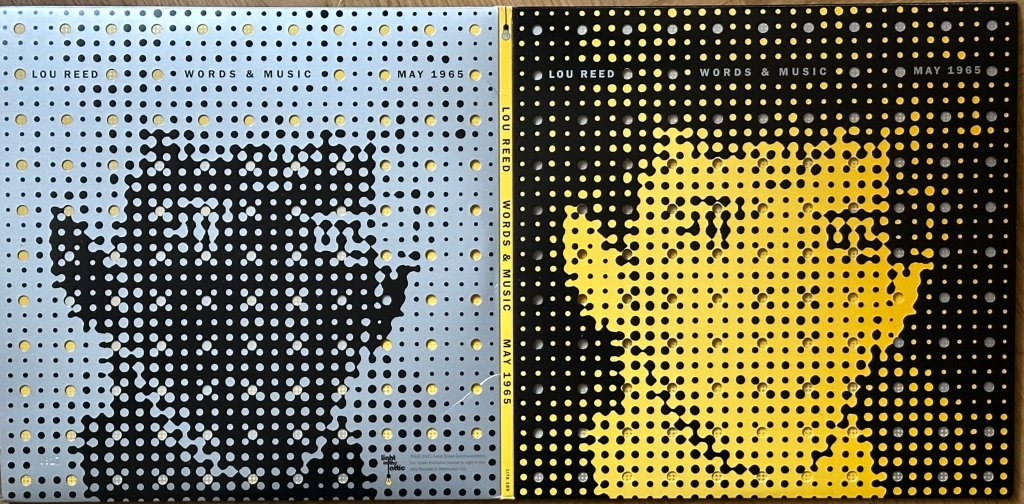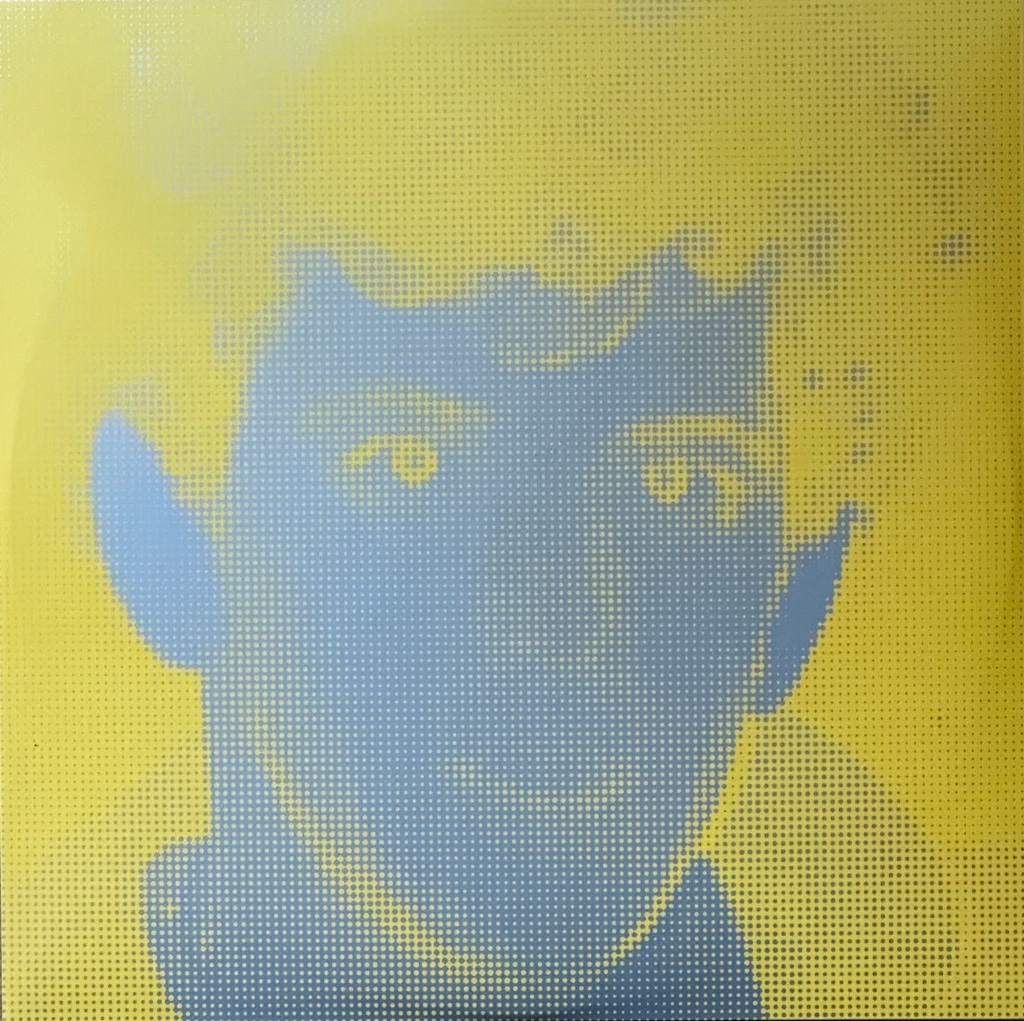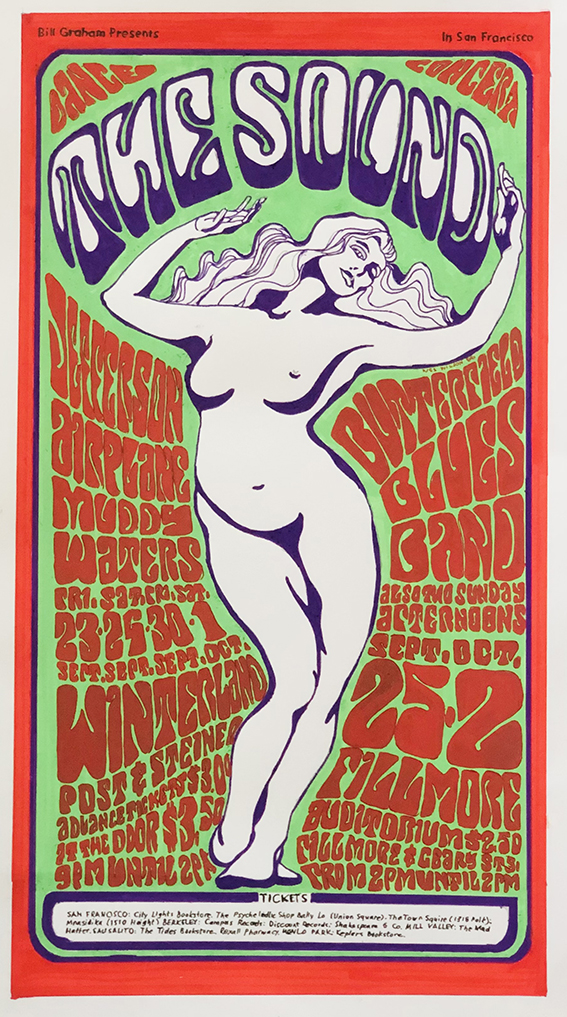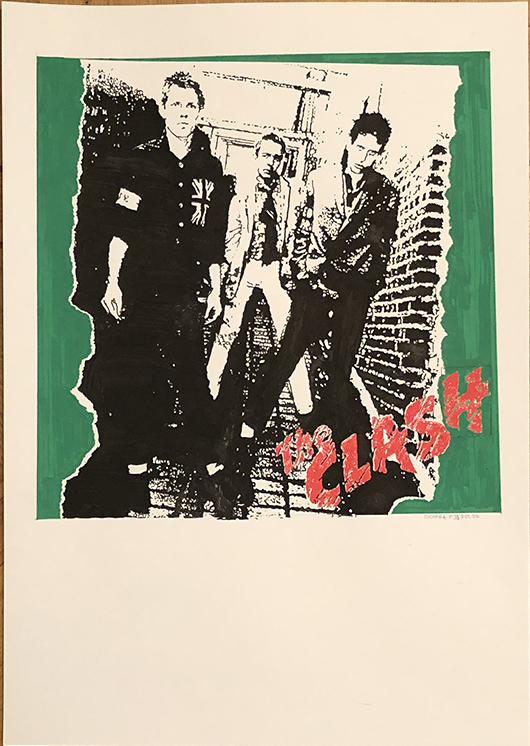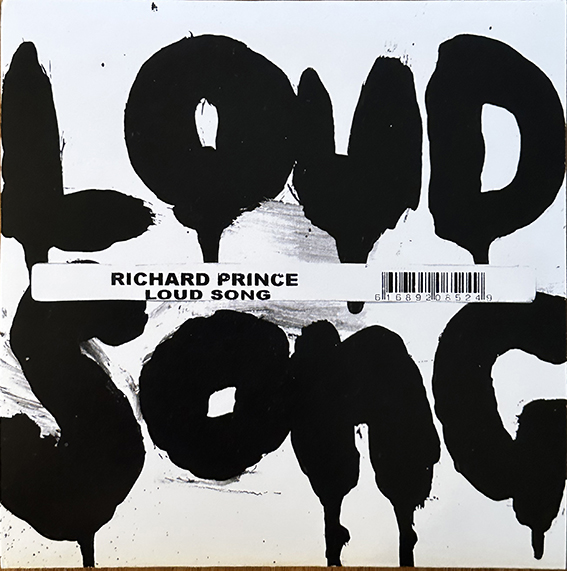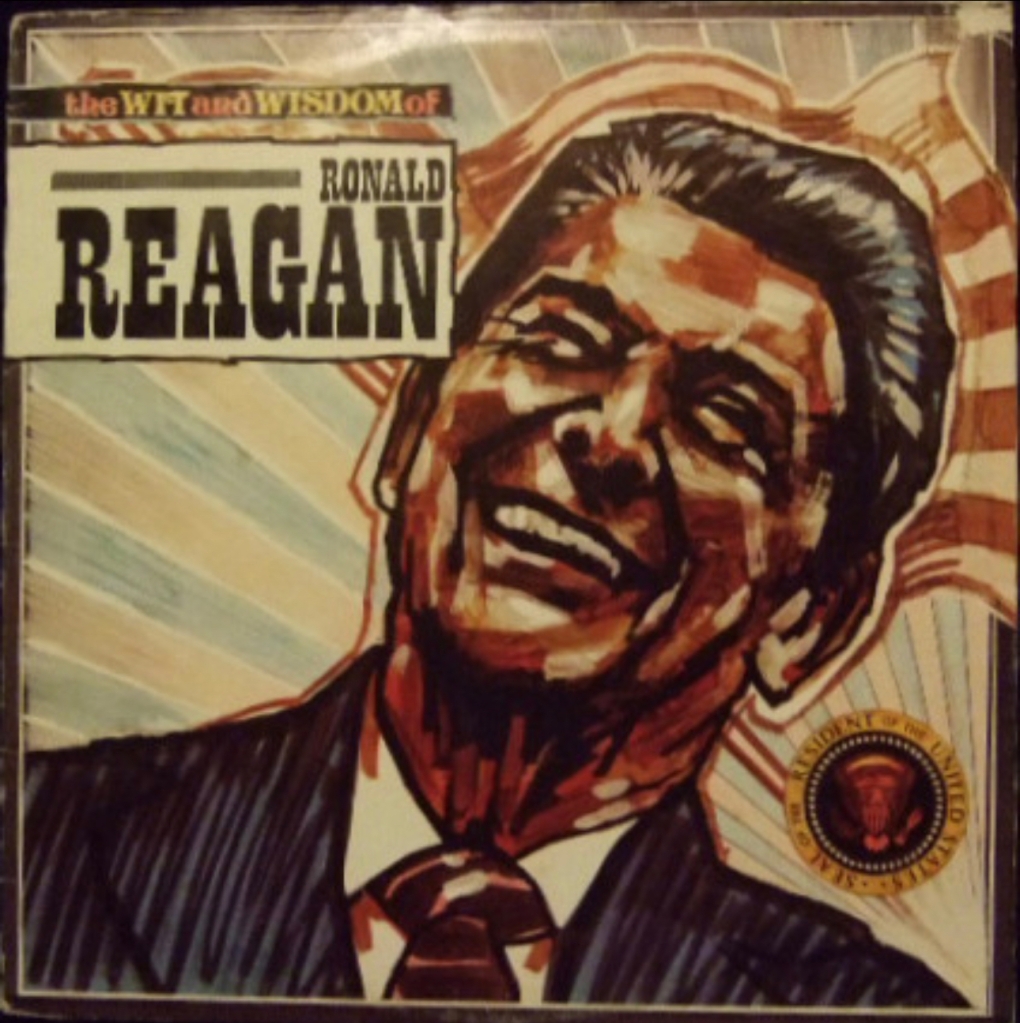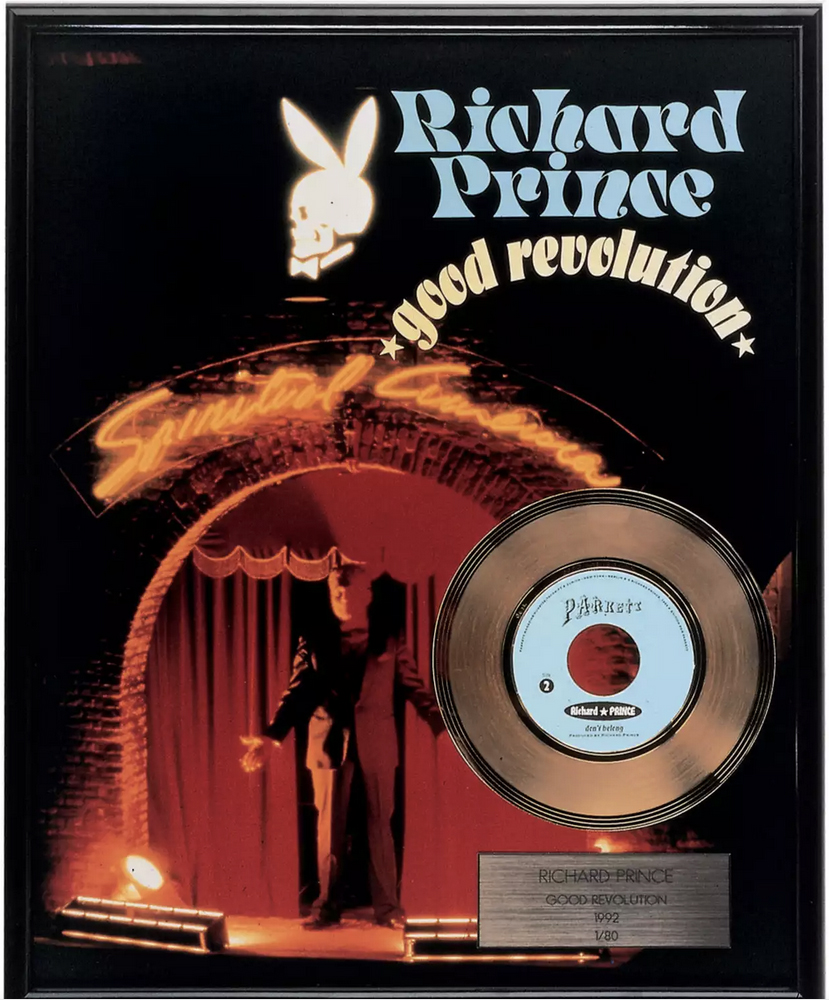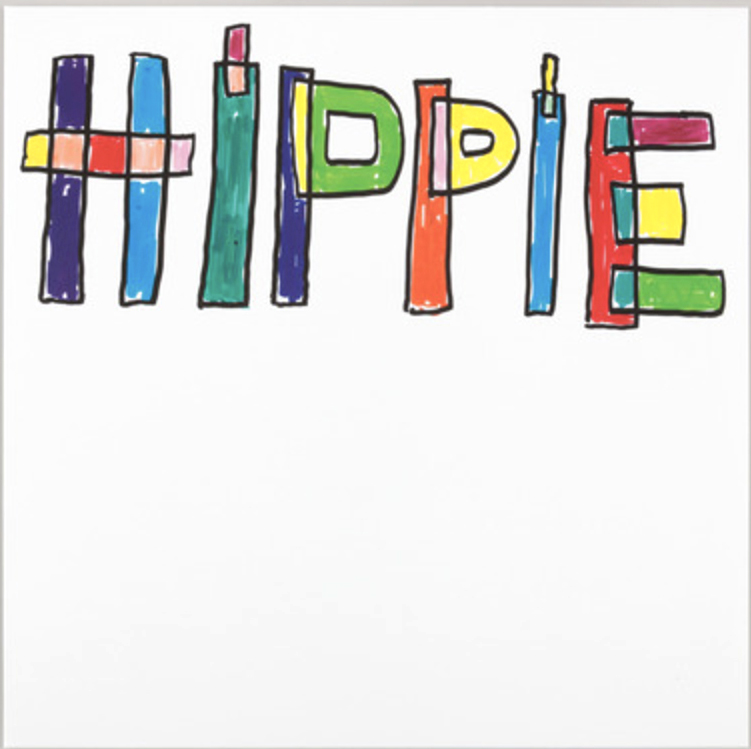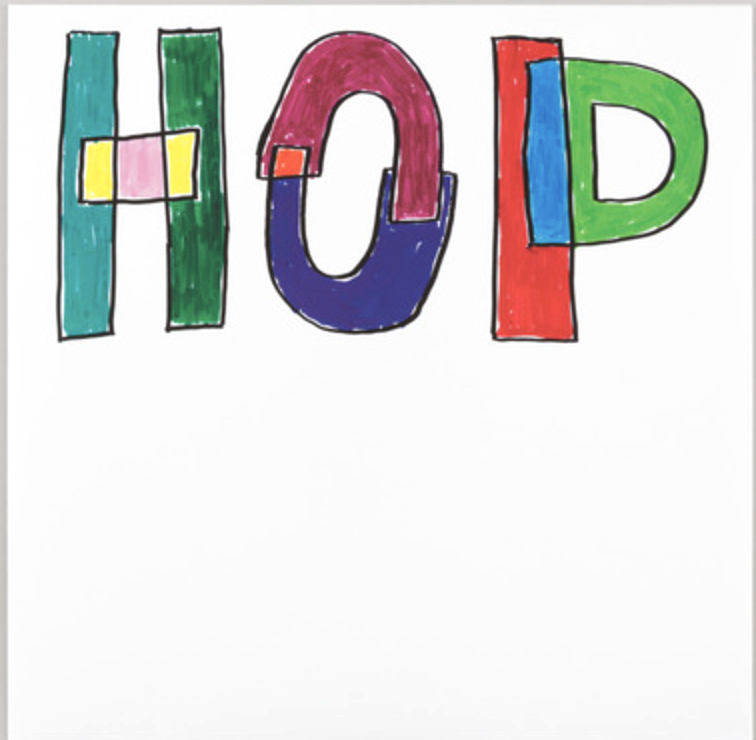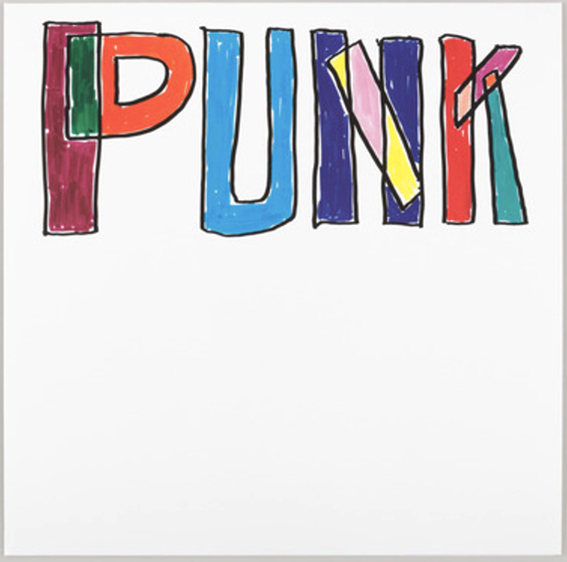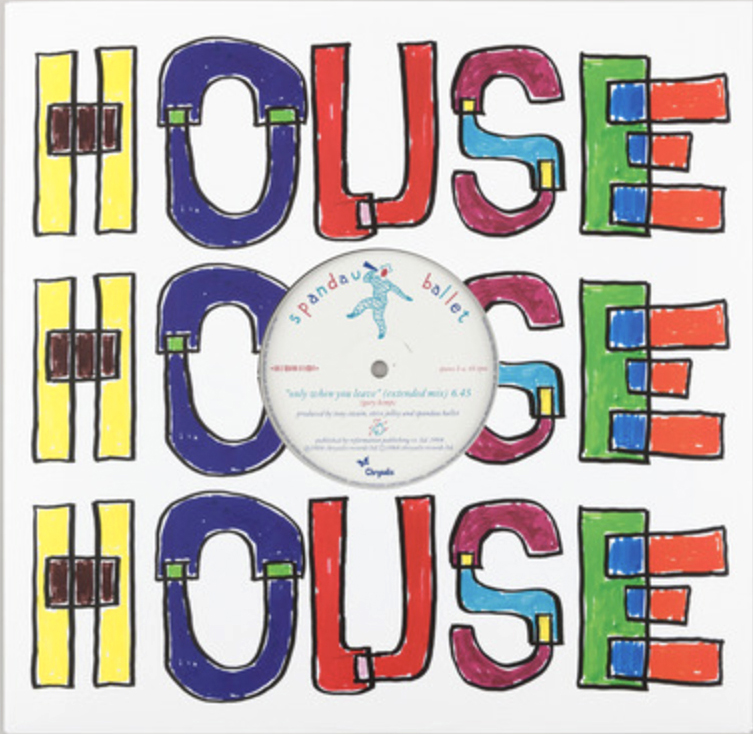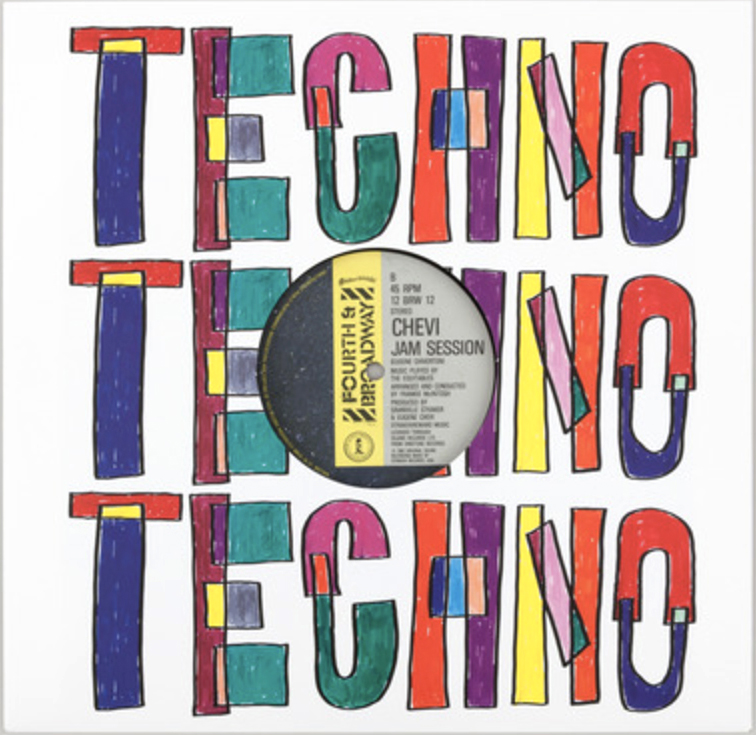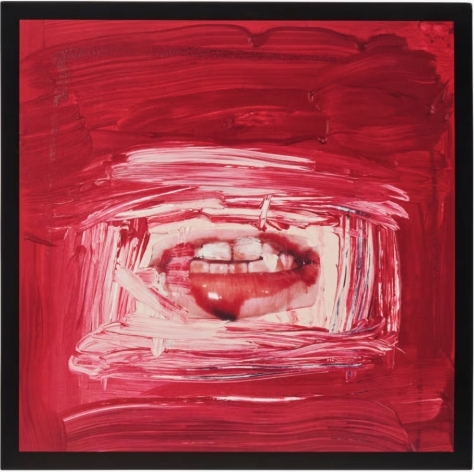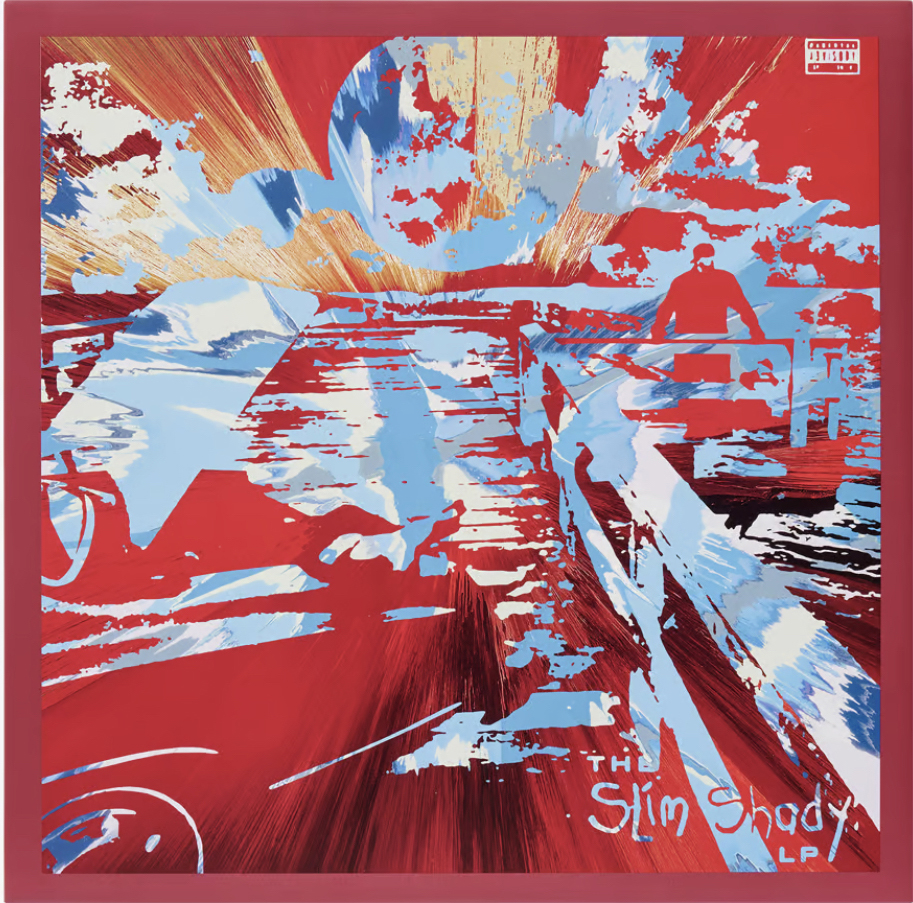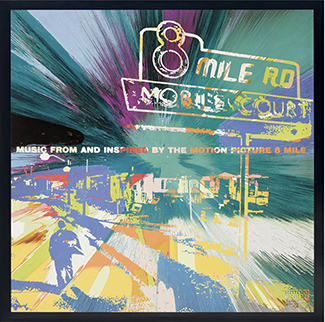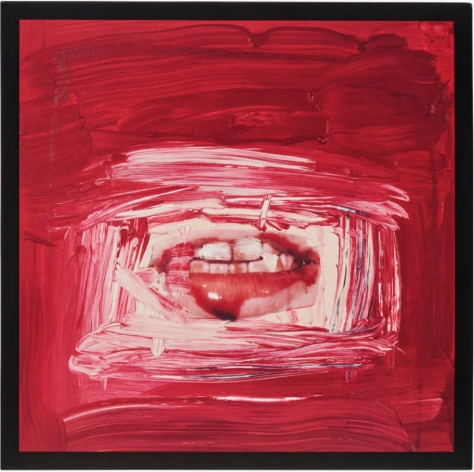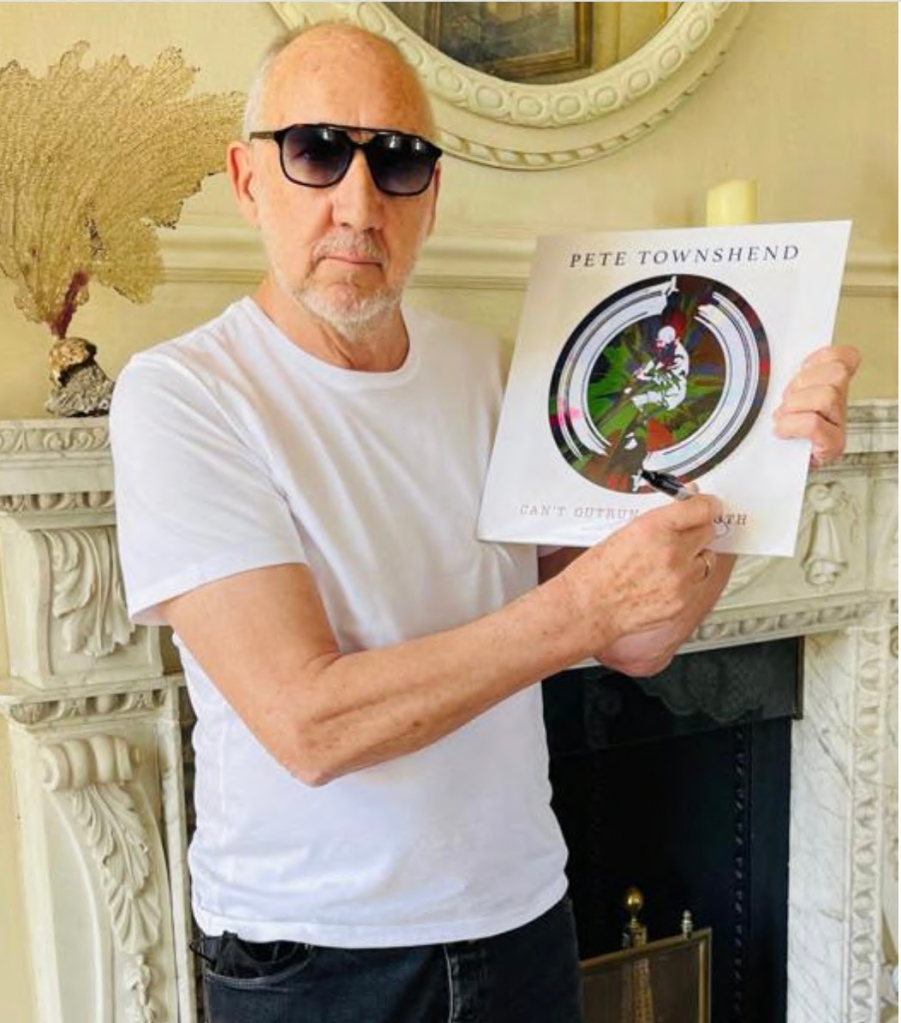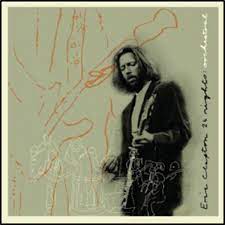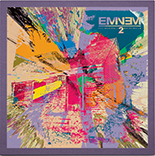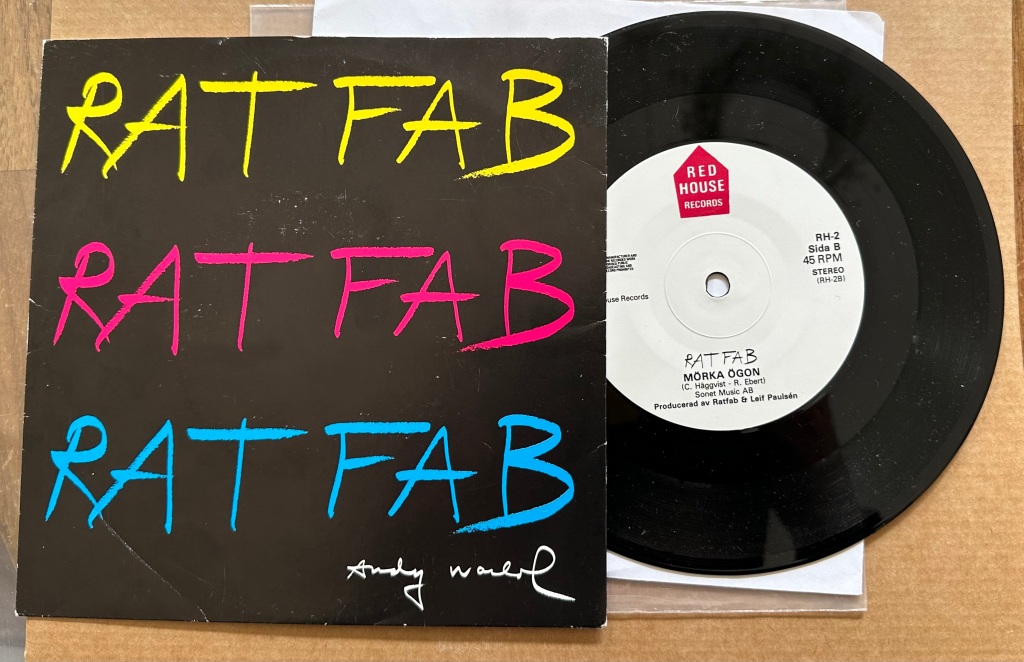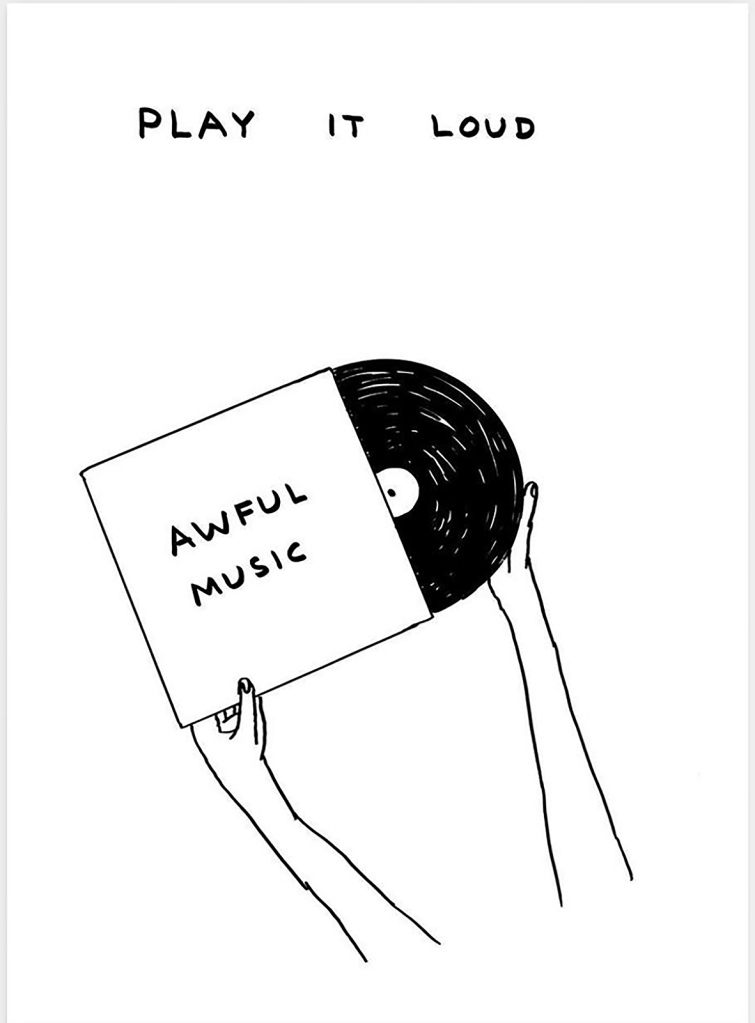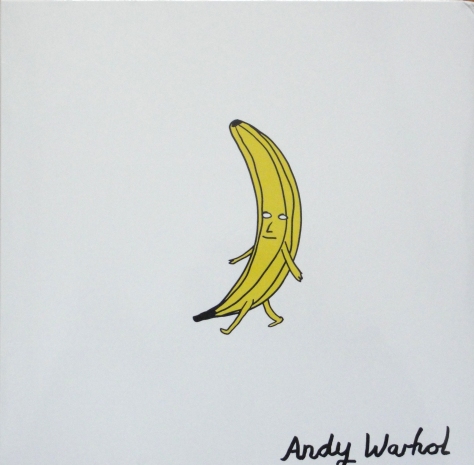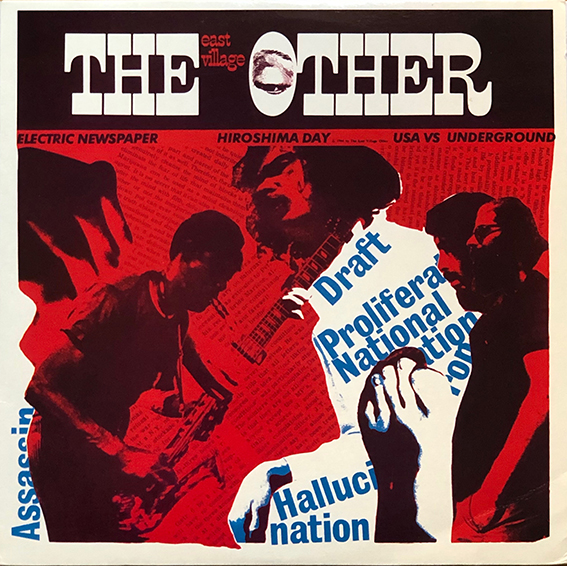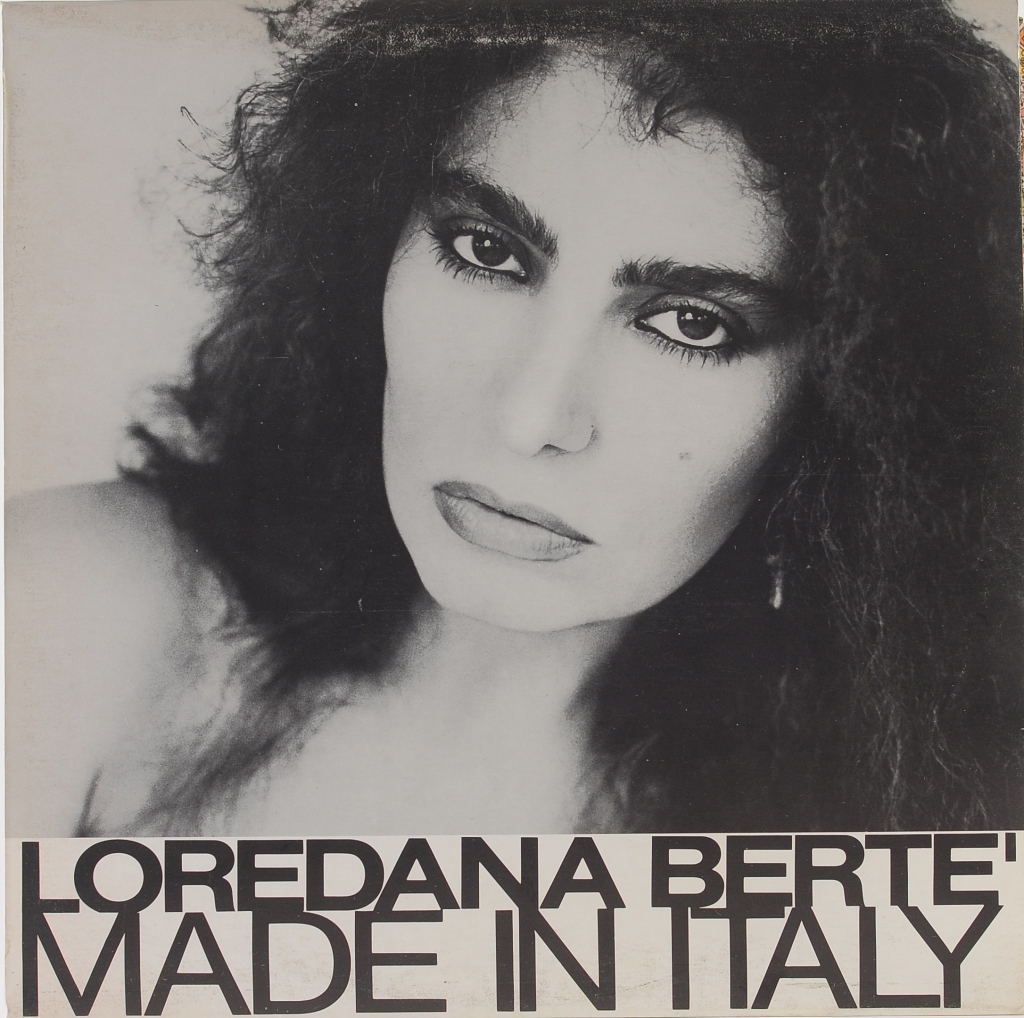There can be few artists or graphic designers who have designed record covers for more than half a century. Offhand, I can think of three: the late great Alex Steinweiss (1917-2011), who designed over 2,500 covers in his career, Sir Peter Blake, who is till going strong at the age of 91 and Klaus Voormann, who designed his first cover in 1960 and his most recent to be released in April 2024. His most famous cover, of course, is the one he did in 1966 for the Beatles Revolver, that he revisited in his book The Birth of an Icon. Revolver 50 on the fiftieth anniversary of Revolver’s release.
Voormann has designed over eighty record covers since the first that was released in 1960, when Klaus was only 22 years old. I am indebted to Thorsten Knublauch for much of the information on release dates for Klaus’s early covers. He is a mine of knowledge about matrix numbers and had tipped me off about several Voormann covers that I otherwise wouldnt have been able to collect. So, thank you, Thorsten!
Voormann’s first cover was for the Walk Don’t Run / Parisian Heiress 7″ single by a band called the Typhoons released on the Heliodor label, a subsidiary of Deutsche Grammophon that was released in autumn 1960. According to Thorsten, the Typhoons were a group of New York session musicians — but how they came to release this lone single in Germany remains a mystery.
In late October 1960, according to Klaus’s own accounts in his books, he Klaus was walking in Hamburg’s Reeperbahn district after a row with Astrid Kirchherr, when he heard music coming from the Kaiserkellar bar, on Grosse Freihet Strasse, and went in to investigate. There he was fascinated by the young Beatles and returned several times and befriended the band members. And at about the same time, he showed John Lennon the cover of the Typhoons Walk Don’t Run single.
Klaus got another cover commision from Reinhart Wolf in 1960/1 to illustrate the covers for a series of jazz reeissue EPs called Pioneers of Jazz. These archival recordings were released on the German Coral label, another Deutsche Grammophon imprint at the time. Klaus illustrated all twenty covers

Soon after, Klaus illustrated the covers for another reissue series, this time eight seven-inch EPs each called Country & Western Hitparade, Vols 1 to 8. This time, though, all eight covers bore the same Voormann illustration. The series was released in January 1962 (my copies have a sticker on the front of each dated 2.62, implying they were availabe as early as February 1962). It’s tempting to wonder if the cowboy boot on the cover was a wink to the Beatles, who bought cowboy boots and wore them on stage while playing in Hamburg.
Then in late 1962, probably as a Christmas gift for employees at Deutsche Grammophon, Klaus was commissioned to design the cover for the LP album Wer nie im Bett Programm gemacht.
Klaus Voormann is a musician as well as a graphic designer, record producer and author and has played in a number of bands, the first of which was the Eyes, together with Gibson Kemp and Patrik Chambers. The Eyes released a single called She / Peanut Butter in 1965 with cover illustration by Klaus.
Paddy, Klaus and Gibson were three of the four members of the Eyes and they released three singles on the Pye label in 1965/6 as Paddy, Klaus & Gibson. The six tracks from these singles were reissued on a ten-inch EP in 2014 and the cover illustration was an editied version of the Eyes’cover with only Paddy, Klaus and Gibson. The limited edition EP was available on black, red and clear vinyl.
Revolver, Voormann‘s most famous cover design, was released on 5th August 1966 when Klaus was back in London as the basist in Manfred Mann’s reformed band after Paul Jones had left Manfred Mann released their latest album As Is on 21st October 1966, with cover design by Klaus Voormann. And in the following decade, Voormann went on to design covers for the Bee Gees, Gary Wright, Harry Nilsson, Edwards Hand, Ringo Starr, Jimmy Smith and Jackie Lomax.In April 2024 his 1966 portrait of Manfred Mann appeared on a double LP greatest hists package entitled Manfred Mann — Hits from the Sixties.








